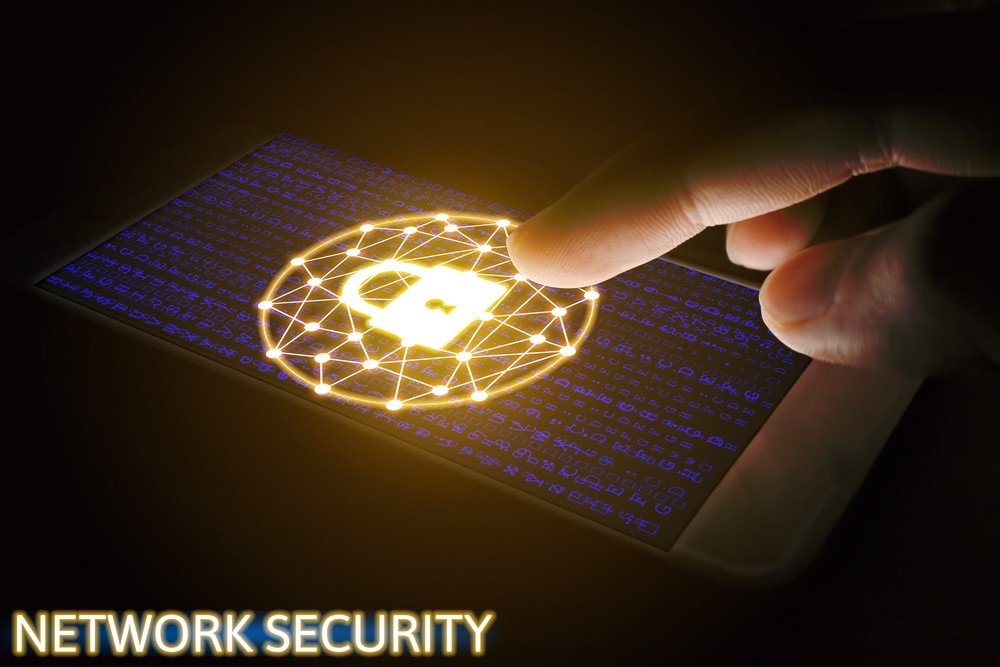The fundamental idea around ZTN is not new, but the terminology has made a comeback in recent years. A number of technologies including Virtual Private Networks (VPN), Mobile Device Management (MDM), cloud access security and Network Access Control (NAC) practice tenets of the philosophy, but where ZTN has evolved is the notion of tying all of these elements together by aligning access controls across users, devices, applications, and resources, both in the cloud and within data centres.
ZTN is a logical response to the reality of cyber-attacks that tend to find and exploit the weakest layer in the onion of technologies protecting today’s extended and permeable perimeter. A look at the respected 2019 Data Breach Investigations Report shows an incredible diversity in the root cause for cyber-attacks that includes malware, misconfiguration of systems, insider threat and privilege misuse.
Understanding ZTN
But before getting caught in the “magic bullet” euphoria that is so common within the IT security industry, we should examine the architecture in more detail. ZTN is based on the concept of continuous verification and authorisation. It ensures that only authenticated users with compliant devices, whether corporate, personal or public, can connect to authorised applications over any network, whether on-premises or in the cloud.
This approach may sound less glamorous than adding more bricks to “an impenetrable wall”, but in practice, it’s more effective for administration, cost and defence. Looking at the constituent parts such as VPN, NAC, MFA in isolation does provide an idea of how – when working in concert – the practice of ZTN can significantly reduce the risk of a cyber-attack turning into a business crippling incident.
Experts in the cyber security industry, including several government agencies, such as UK’s National Cyber Security Centre and The National Institute of Standards and Technology (NIST), have aligned around the basic principles of ZTN:
· Know your architecture including users, devices, and services
· Create a single strong user identity
· Create a strong device identity
· Authenticate everywhere
· Know the health of your devices and services
· Focus your monitoring on devices and services
· Set policies according to the value of the service or data
· Control access to your services and data
· Don’t trust the network, including the local network
· Choose services designed for zero trust


Fig 1 / Fig 2 – images from NIST (SP 800-207(Draft)) document
https://github.com/ukncsc/zero-trust-architecture/
In order to align with the model of ZTN, there is a set of principles to help organisations align with ZTN tenets without throwing out existing investments.
· Continuous authentication of identity, devices, application, and security posture – before and during any authorised connection
· Centralised authorisation, policy enforcement
· Separated control and data planes
· Granular segmentation based on per application, per-user, and per-device connectivity
· Significantly reduced threat surface by mitigating numerous APTs, malware, DDoS attacks and rendering resources “dark”
To accomplish this, organisations need to review their current secure access solution stack, determine how to orchestrate controls and identify gaps to close depending on access compliance and data protection obligations.
It is critical to centralise policy enforcement so that every user – and each of their devices – is governed by a granular policy based on role, resource and application and other attributes, such as location, to be accessed. It authenticates every user and device security state before the connection is made, ensuring that unauthorised users or devices are only able to see and access authorised resource. Moreover, it also re-verifies user and device security posture during a connection to determine if the security state is no longer acceptable. In such cases, the connection can be terminated, resource access can be reduced, or devices can be quarantined or remediated - depending on a policy set by the administrator. Finally, resources should be rendered “dark”. In other words, no DNS, internal IP address, or visible port information is communicated until proper authorisation takes place. So, unauthorised users can’t traverse the network “looking” for resources to infiltrate. This reduces the attack surface significantly by mitigating or eliminating numerous threats like APTs, man-in-the-middle and malware risks. When moving towards implementing a ZTN model, it’s important for organisations to include these controls.
Industry perspective
At an industry technology level, ZTN has gained a lot of coverage and several security vendors have begun to implement the concept. However, only a very small number of vendors have a complete end-to-end zero trust solution that includes gateway, agent, policy administrator/enforcer, and policy engine that spans both physical and virtual environments.
ZTN is a model. As such, it will require organisations to align technologies and orchestrate controls in support of ZTN model tenets. At first glance, this appears to be a major staff endeavour and at a time where organisations are struggling to recruit, train and retain cyber security professionals. However, by prioritising and breaking down the task into key elements that support a new business initiative or a major potential security exposure, ZTN can become more approachable and achievable. Given the increase in cyberattacks and data breaches, the longer-term view is that moving to a ZTN model will lead to less day-to-day security alert firefighting through a systematically improved secure posture and reduced attack surface. A case of short-term pain for longer term gain.
A recent survey found that 72% of organisations plan to assess or implement Zero Trust capabilities in some capacity in 2020 – with larger enterprises being the keenest to take on the effort. Although moving away from the onion method may seem like a big step for some, the current deluge of security breaches that shows no signs of letting up, with related reputation impact and compliance fines, will prompt more organisations to take decisive ZTN actions – and those that don’t want to peel the onion may find that they end up crying anyway.






